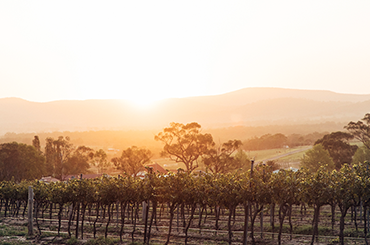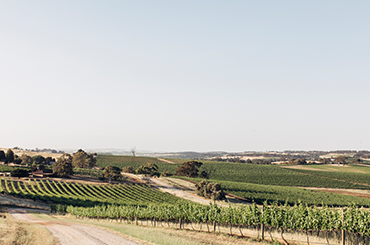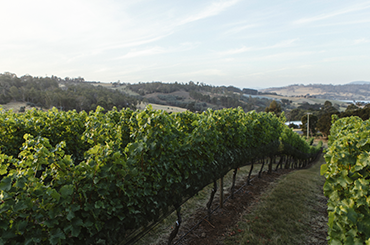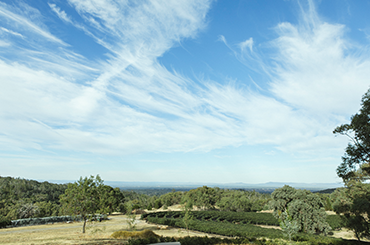The 2022 New South Wales vintage
The 2022 New South Wales vintage was cool and wet, with the Hunter Valley receiving more rain than in the 2008 and 2012 vintages and the Canberra District recording its wettest season on record.
Hunter Valley
The Hunter Valley is well adept at handling cool and wet vintages, and 2022 put its skills to the test. The Hunter had more rainfall prior to the ripening period than even the sodden 2008 and 2012 vintages, though slightly less than both proved to be a blessing over harvest itself. Higher than expected crop levels meant that some whites didn’t achieve ripeness, though unlike 2008 and 2012, lower-cropped reds were relatively unscathed. Good viticultural management proved to be the key to a season of great fruit flavour and impressive natural acid retention. "As always, the Hunter defied the odds", grinned a relieved Iain Riggs.
Mudgee
Mudgee was less fortunate, inflicted with not only 900mm of rainfall, but with hail in some sites. Crop loads were consequently low, which proved fortuitous for early flavour development in this cool season. A late harvest yielded small volumes of high-quality wines with high natural acidity.
Orange
Orange suffered from low yields, and high disease pressure kept viticulturists on their toes, but for those who got it right there was minimal input required from winemakers. Drew Tuckwell of Printhie Wines described this cool season as "old school Orange weather – the reason we all moved here in the first place – quite possibly the greatest vintage in my 15 years in Orange!"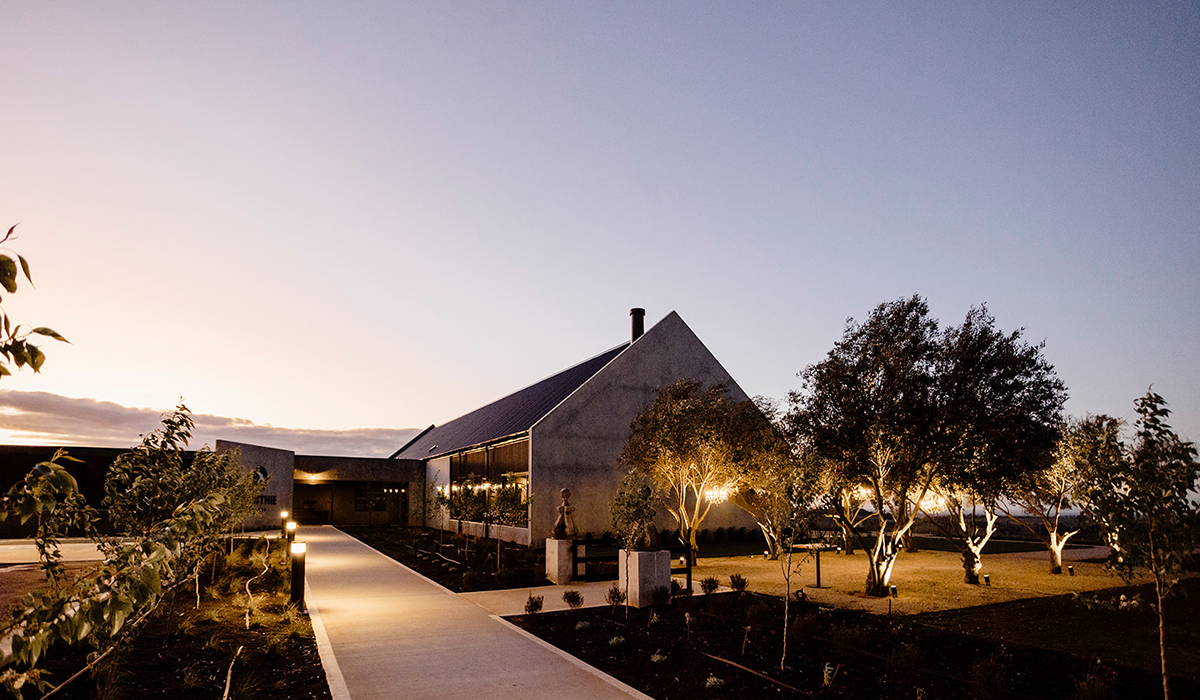
Canberra District
It was the wettest season on record in the Canberra District, and very cool, with hailstorms in January reducing yields by 60 per cent and in some vineyards destroying the crop altogether. Harvest conditions were perfectly dry and cool, and those who maintained diligent disease control reported above average quality in riesling, chardonnay and gewürztraminer, with reds still to be harvested at the time of writing this.
Hilltops
It was a cool and wet vintage that rewarded attentive growers in Hilltops, with a harvest three weeks later than usual presenting exceptional whites, notably chardonnay and pinot gris, and reds of impressive depth of colour and flavour, particularly shiraz, cabernet and tempranillo.
Southern Highlands
The vintage was a disaster in the Southern Highlands, with cool temperatures and excessive rainfall precluding the ambition of ripeness. One of the most important vignerons in the region described it as the worst season he has ever seen, after harvesting just one tonne of a possible 100.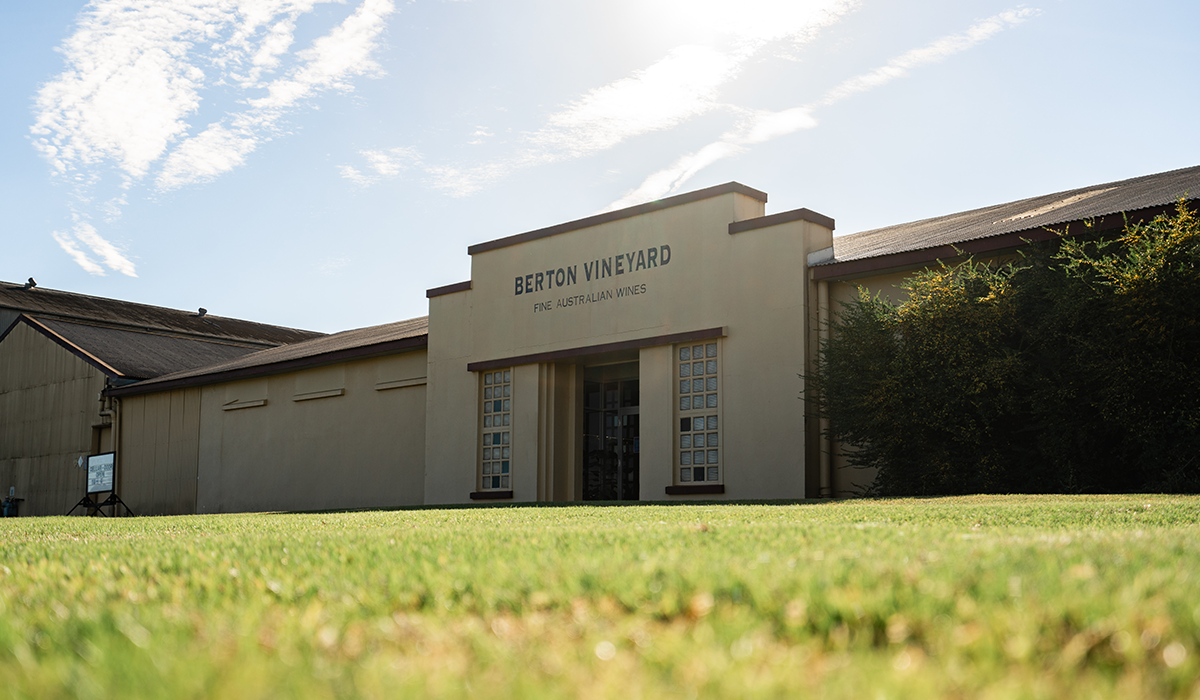
Tumbarumba
Tumbarumba suffered from disease pressure throughout the growing season, but the blessing of drier conditions and cool temperatures at the end of the ripening period produced excellent flavour development.
Shoalhaven Coast
Shoalhaven Coast wiped out some vineyards’ crops altogether. What survived faced 725mm of rain in March (more than double the previous March record of 320mm in 2021). It was only white varieties that ripened earlier that stood a chance. These showed predictably high natural acid levels.
Riverina
A late harvest in the Riverina called for diligence in both disease mitigation and careful fruit selection. Cool, wet seasons such as this are ideal for botrytis, with good spread across all vineyards and a relatively early pick.
Murray Darling
Murray Darling basked in the cooler weather and benefited from some timely rain events – with a late harvest yielding promising quality.
Discover more regional insights from the 2022 Australian vintage with the Halliday Vintage Chart.
Top image credit: Wine Australia.




